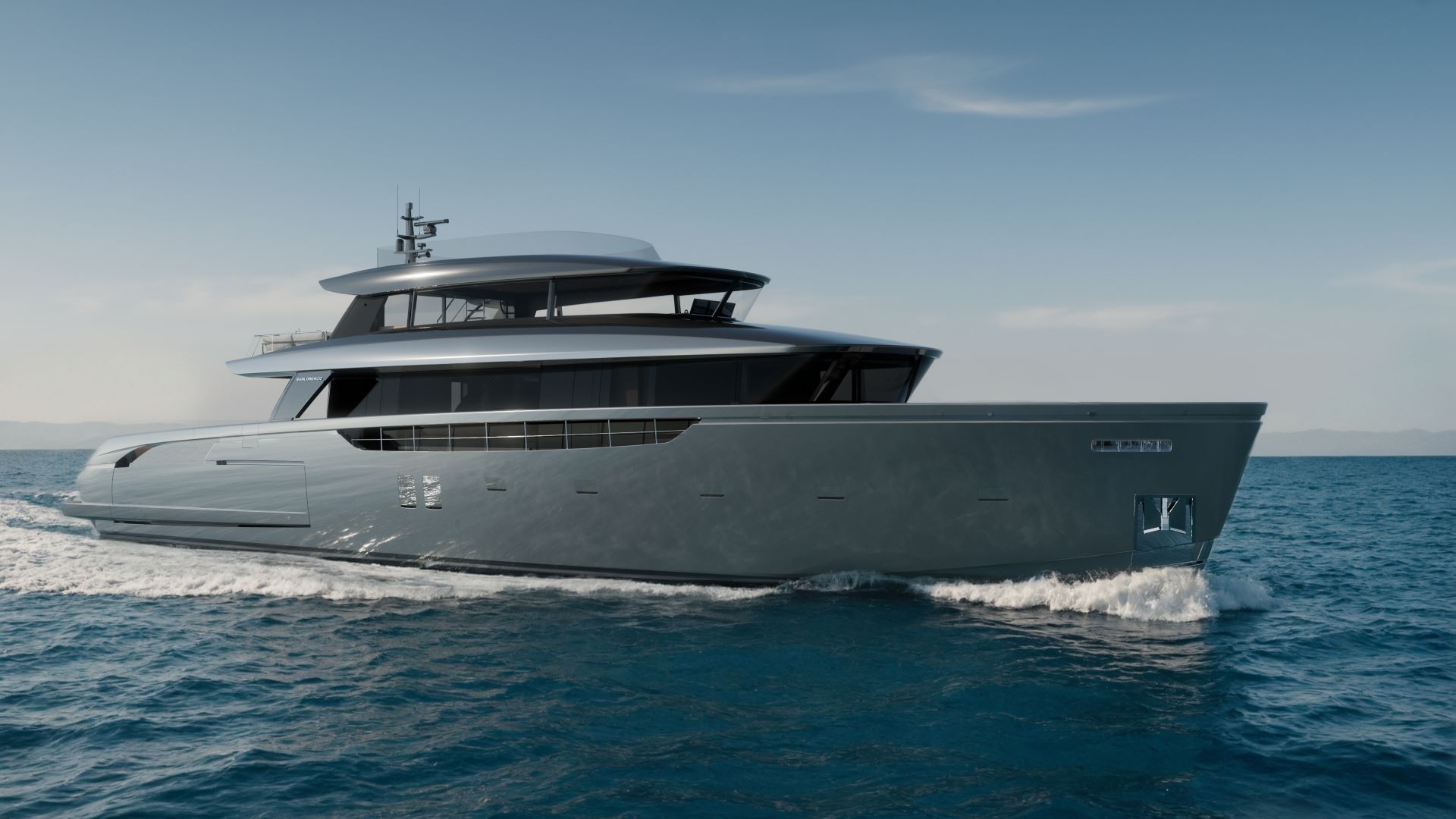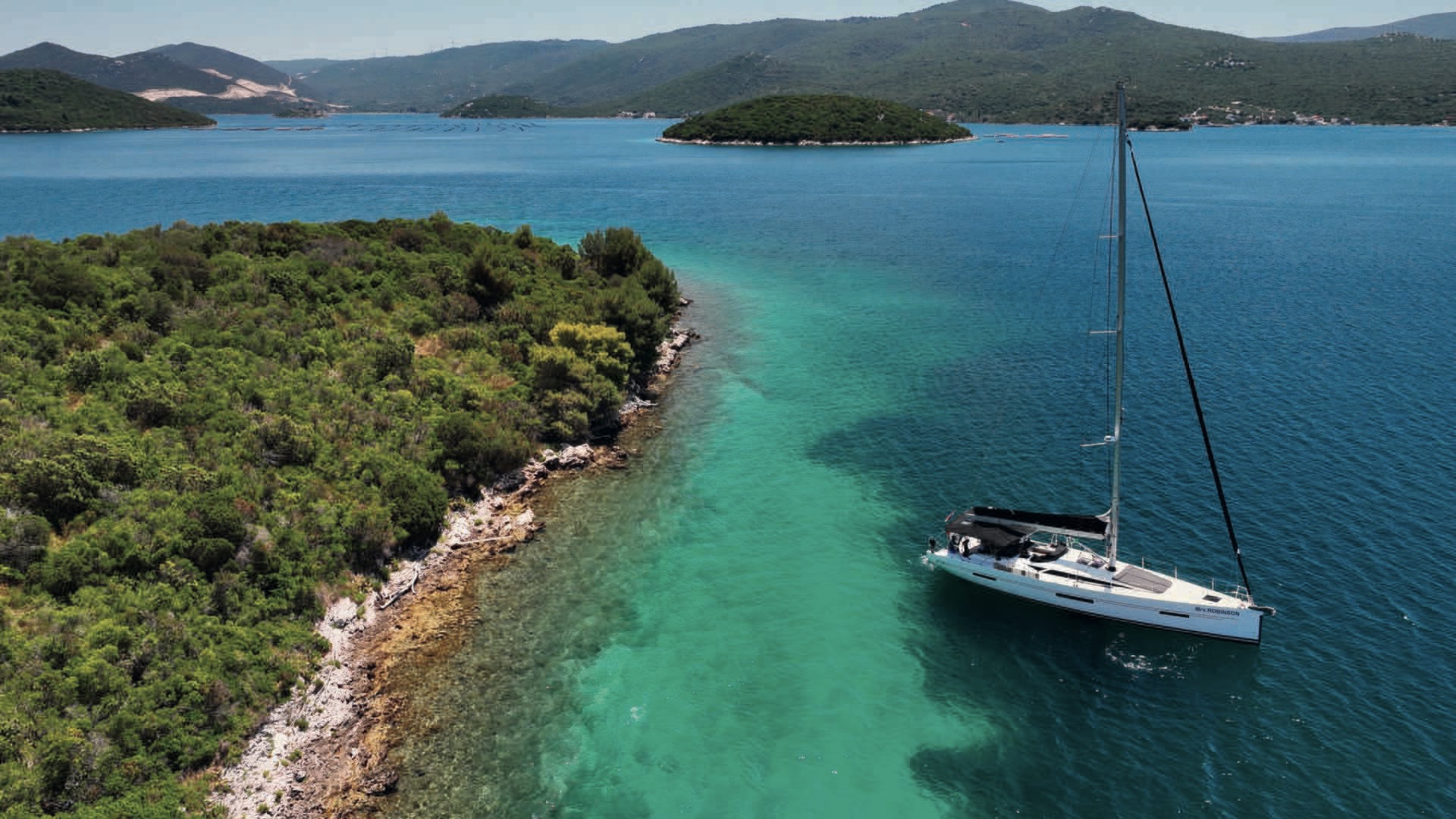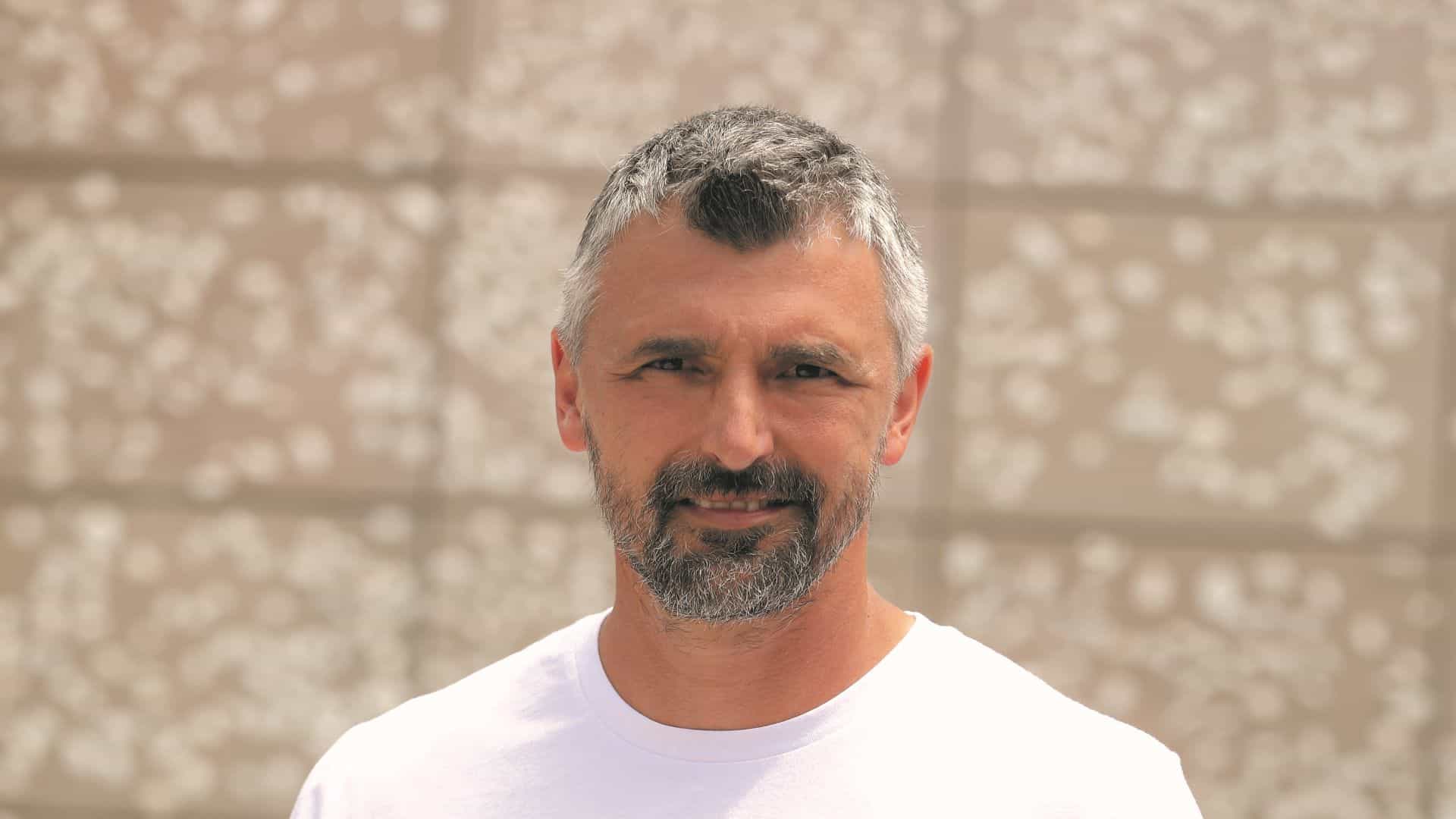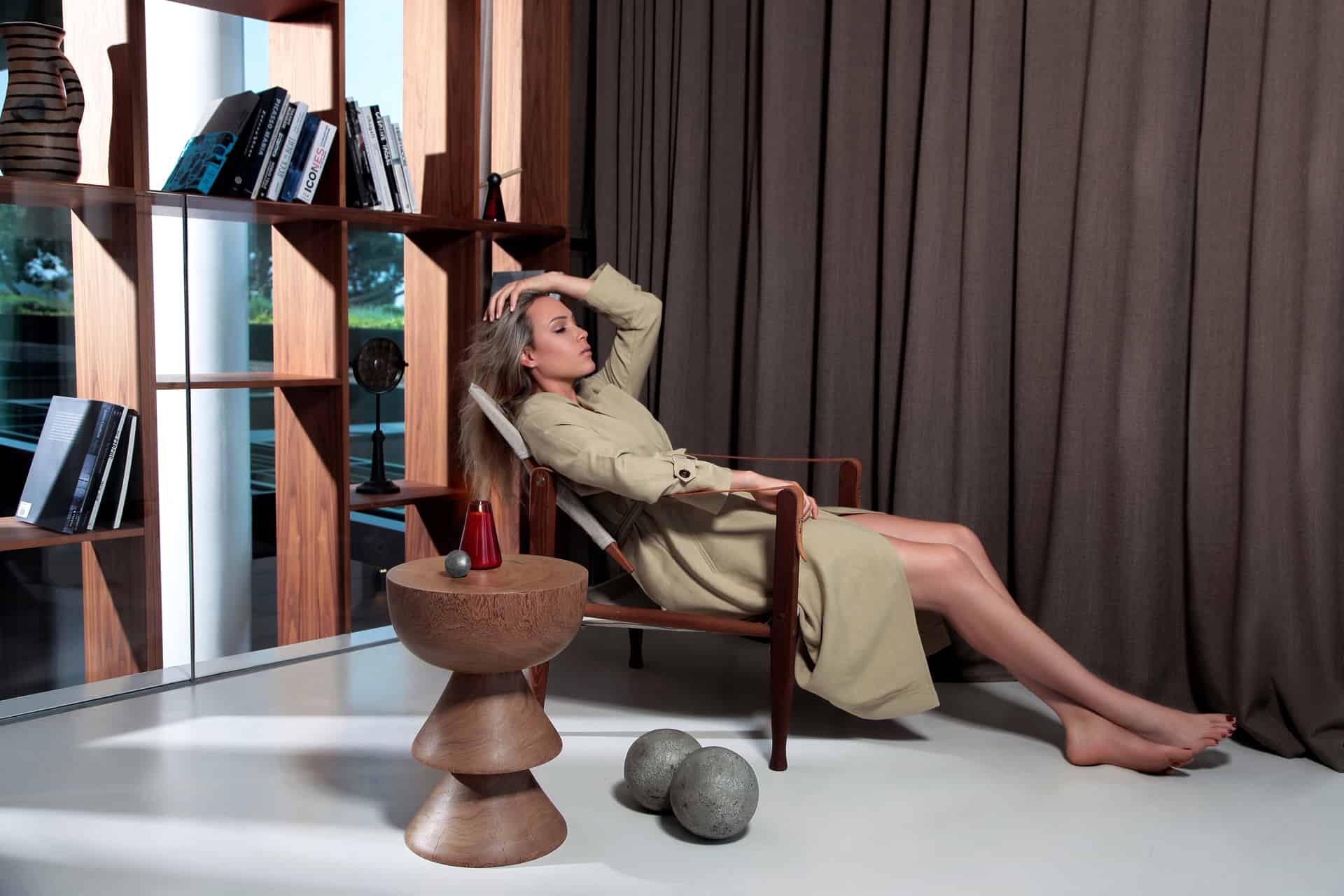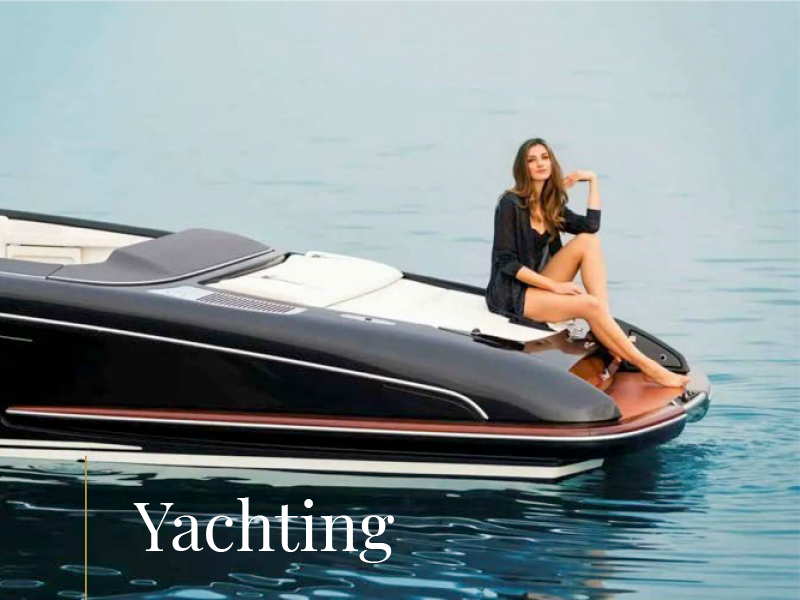The Croatian chef Luka Grubišić has been preparing meals for luxury boat owners for several years
‘My name is Luka Grubišić and I am an innovative, creative, fun and bold chef with over ten years of experience. I am a highly organized and talented leader with additional experience in preparing Mediterranean, Dalmatian and Italian dishes. I specialize in healthy, nutritious and delicious food from all over the world.’ These are a few introductory sentences taken from the CV of Luka Grubišić, who has chosen a very narrow chef specialization. For several years now he has been working as a chef on superyachts at seas around the world.
Luka worked as a fashion designer for 15 years, he collaborated with Oscar de la Renta, created LukA and Lokomotiva fashion labels, and then, in Monty Python style, he decided to pursue something totally different. He got into the gastronomy. ‘Although people see me as a fashion man, I’ve been cooking my whole life, but it was only a few years ago that I started doing it professionally. First it was at Andro’s on the island of Veli Budikovac. This is a magical place of austere cuisine full of inspiration and fresh ingredients where I learned a lot in a couple of months. Then I worked as a rent-a-chef, until one day a friend asked me: ‘Why don’t you get a job on a boat?’ And so it started. I got all the certificates I needed in Split and my adventure began’, Luka Grubišić described the beginning of his culinary career in short.
So far, he has worked on a dozen boats and he has fond memories of working on one of the largest single-sail catamarans in the world. As a chef on boats, he was in charge of preparing meals for owners, their guests and the crew.
‘When starting, I normally point out that cooking on the mainland and in a restaurant has very little in common with cooking on board. These are two completely different activities that just happen to have the same name. Being a chef on board is psychologically and physically exhausting for several reasons. First of all, a boat is a highly demanding and closed environment in which everything and everyone has to be in sync as any kind of conflict or intolerance becomes visible soon. Then, there is the storage problem, which is conditional upon the dimensions of the boat and its kitchen. No matter how big these yachts may be, the kitchen is never as big as it is in a restaurant. Then, the complex process of creating a menu.
Unlike a restaurant, where you get a list of meals you can order, the chef on board practically has a blank canvas, creating a new dish every day, depending on the owner’s wishes. Also, I have to take the crew in account, because they also have to have a healthy and balanced diet so they don’t get sick’, the Croatian chef explains.

It takes about 20 days to prepare for a cruise. Along with the description of the ship and the room layout, Luka receives an e-mail containing the info about the dietary habits of the owners and people who will be on board. ‘Typically, these dietary CVs are a dozen pages long, but there have been examples when I got 50-pagers. Specifically, this means that I have to make preparations for people who are vegetarians, vegans, then for those who are gluten intolerant, or require halal or kosher food.
An onboard chef definitely needs to be a universal soldier. I will further illustrate this by one fact. Once, there was a woman on board who didn’t eat fish with big bones, and that was just one of the requests… Once I’ve studied everything, I go grocery shopping before we leave, and once a week we do big-scale shopping, and several times a week we go on small shopping trips. Usually, the pantry is filled when we’re anchored, and I normally also use this time to dock the ship’s tender. I take the first taxi to the nearest supermarket where I literally take everything off the shelves, fill my 15 shopping carts and get back to the ship as soon as possible.
Of course, sometimes I use local agencies when I need to buy foods that are not in stock in regular stores or I simply go to the fish market and do some additional shopping. I also have to take care of doing it between meals because when I’m gone, no one else does the cooking’, says Luka.
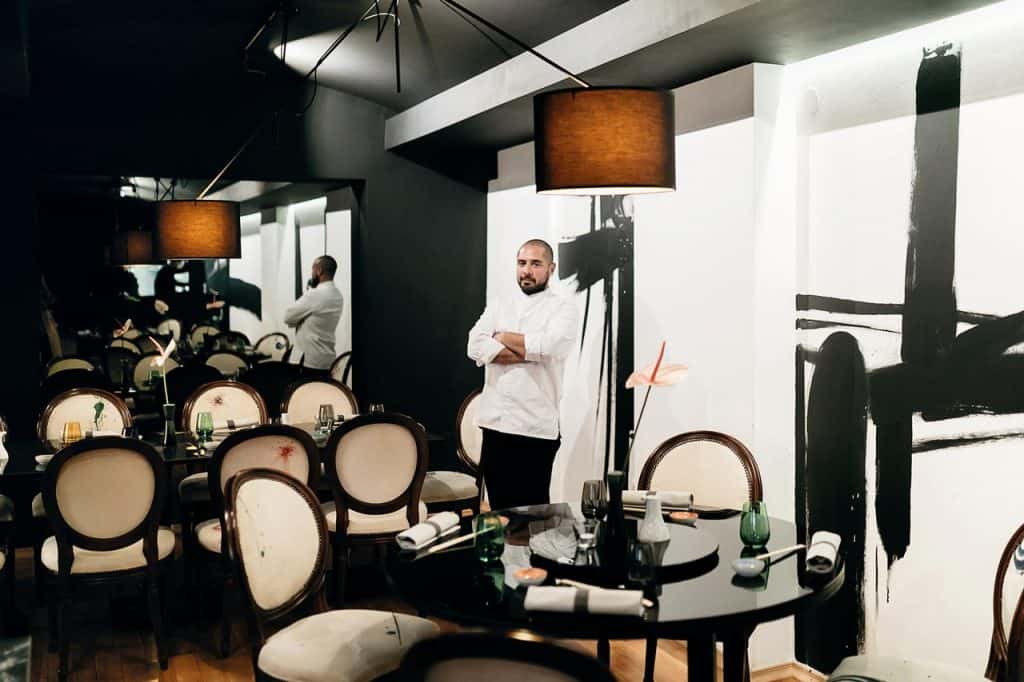
There’s no such thing as working hours when you have an onboard kitchen. You have to stick to a tight schedule. It’s a combination of military discipline and a Swiss watch. Owners of such boats are highly precise and disciplined people. You can get a negative review even if you’re only 180 seconds late.
‘My working day starts between 2 and 3 a.m., when I get up to knead the dough for making bread, and then I go back to sleep until 5.30 a.m. As soon as I get up, I put the bread in baking tins and prepare everything for breakfast that the stewardess normally serves between 7 and 8 a.m. At the same time, I have to make breakfast for the crew and get lunch ideas. Owners and guests normally say what they would like a day ahead. Depending on the number of people, this can be a dozen different menus, and I have to take care of the crew at the same time.
The most stressful thing is when both guests and the crew eat at the same time because it means that I have to cook meals simultaneously. My working day ends between 10 and 11 p.m., and it all starts over again at 2 a.m.’, Grubišić explains the details of his working day and announces a new project. ‘I am going to write a book about my experience in yachting industry. It will be called ‘You cannot please everybody, guide to chefs and cooks’. In it I’ll try to describe all the useful and useless things that people may need if they want to do get into this business.’
Photos Marija Laća & Archives
